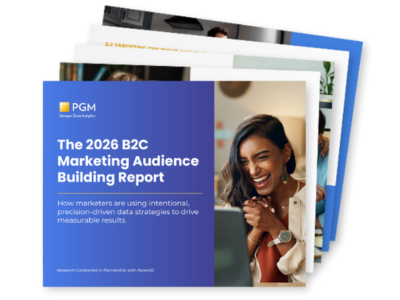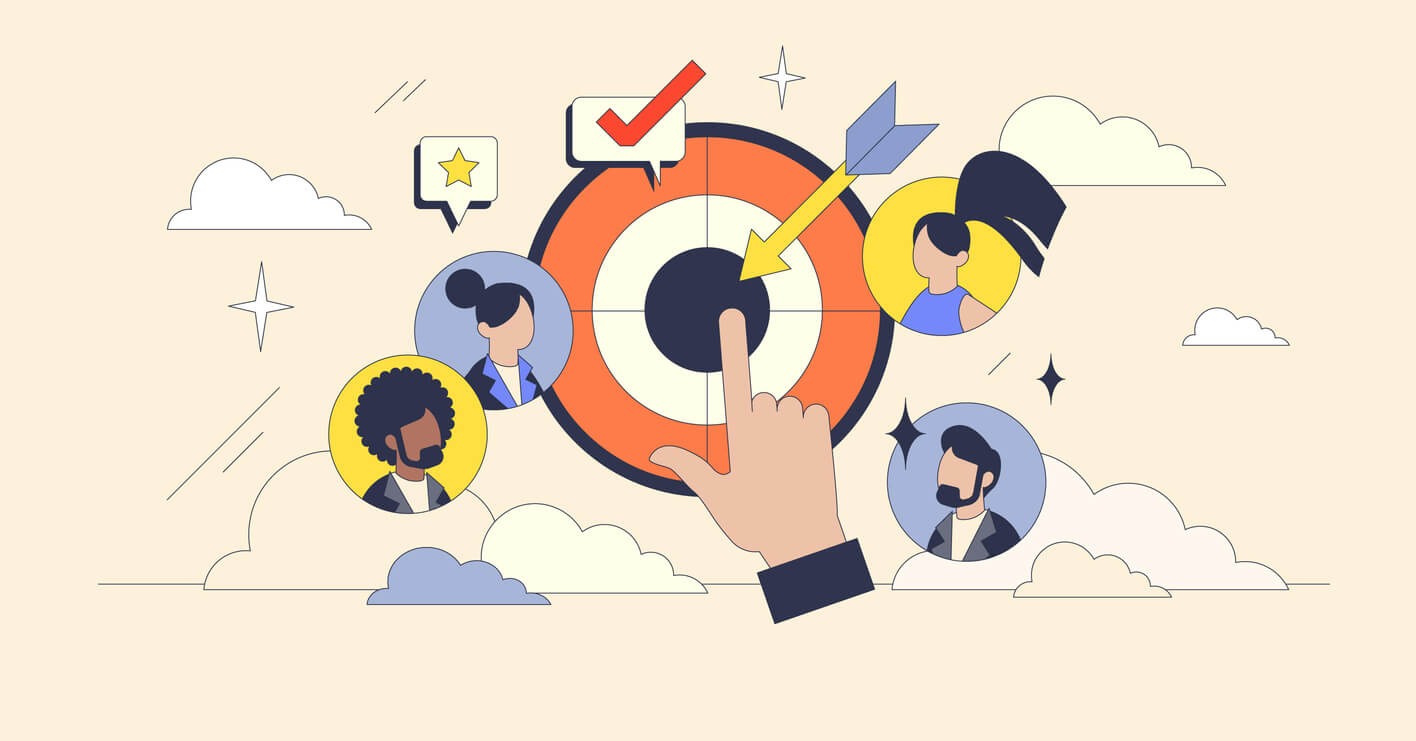Audience saturation has become one of the most pressing challenges for B2C marketers, with three out of four feeling the impact.
Competition is rising and standing out requires a balancing act between creativity and data-driven precision.
As a result, marketers are changing how they approach data usage, segmentation, and personalization. Research by PGM Solutions found that the most successful marketers aren’t just collecting data; they’re using it with intent – relying on behavioral signals, niche segmentation, and clean, unified data strategies to achieve better results.
The Impact of Audience Saturation: Why 41% of B2C Marketers Struggle to Engage Audiences
What causes audience saturation? Audience saturation happens when your target audience becomes less responsive due to repeated or excessive exposure to marketing messages.
According to the new research, 75% B2C marketers are struggling with audience saturation, and 41% say it’s becoming harder to engage the same audiences.
In 2026, saturation is driven by fragmented attention and overexposure to marketing content. But the good news? Marketers are stepping up with smarter, more intentional strategies rooted in data.
Check out the three key strategies that top-performing marketers are using to break through the noise and build resilient, high-performing audiences.
1.Eliminating Data Fragmentation, Outdated Data, and Skill Gaps
Data fragmentation is one of the biggest barriers to effective audience building, with 81% of B2C marketers reporting they’re held back by data challenges.
Only 24% of marketers have successfully centralized and streamlined their data sources, while 69% report data unification as a complex pain point.
These data challenges include things like:
- Inaccurate or outdated contact information (57%)
- Difficulty combining data types and sources (45%)
- Limited access to first-party and intent data (45%)
- Skill gaps in segmentation and analysis (34%)
However, overcoming data fragmentation is possible. Here are a few ways marketers are tackling this challenge:
- Investing in data hygiene: 64% of B2Cs now invest in data hygiene, and top performers who do so are 5x more likely to be satisfied with their data quality.
- Prioritizing data integration: Nearly (49%) say integrating data is a top priority for improving segmentation.
- Enhancing data literacy: Data literacy and segmentation expertise are essential to activate insights and drive performance.45% of marketers now feel they can segment their audience to a “great extent” for personalized messaging, up from 35% last year.
“Clean data is the foundation of every smart marketing move. The report shows that top performers are 5× more likely to be satisfied with their data quality, and that’s no accident. When you invest in data hygiene, you’re investing in clarity, confidence, and campaign performance.” said Kym Vance, Head of Business Development at PGM.
2. The Intentional Data Shift: Prioritizing Behavioral & Intent Data over Demographics
Demographic data alone no longer delivers the depth that’s needed for effective personalization. In order to reach consumers with intention and the experience they’re looking for, you need to be willing to expand your data mix.
The research discovered that high-performing marketers are layering intent data with first-party insights. Marketers using both report significantly better outcomes in personalization (34% vs 22%), acquisition (37% vs 28%), and customer experience (42% vs 33%).
In fact,top performers are 2.6x more likely to use intent data and also prioritize mobile app, social media, and CRM sources for real-time engagement signals.
This shift reflects a broader trend, that marketers are moving from static profiles to dynamic, behavior-driven segmentation.
3. Creating Niche Segments to Win in Competitive Channels
Broad targeting doesn’t work in saturated environments. More than half of marketers still struggle with segmentation depth and performance measurement.
The good news is – segmentation sophistication is improving. In 2026:
- 45% of marketers can now segment audiences to deliver personalized messaging to a great extent (up from 35% last year).
- 31% use automated segmentation tools like CRMs and CDPs.
- 30% combine manual and automated methods.
- 18% still rely on fully manual segmentation.
As a marketer, you can (and should be):
- Building ultra-niche segments by using behavioral, lifestyle, and purchase intent data to create micro-audiences that cut through saturation.
- Leveraging lookalike audiences, with platforms like Meta and Google who offer scalable ways to reach high-value prospects.
- Measuring and refining your strategy. Top marketers prioritize segmentation performance tracking and use CDPs to gain a full view of their customers.
When you truly understand the unique traits of your audience- down to the smallest details- you’re able to connect in ways that feel personal, relevant, and timely.
Final Thoughts: Your Roadmap to Beat Audience Saturation in 2026
Audience saturation is clearly a hurdle that so many marketing teams are struggling to overcome.
Let’s walk away with these helpful strategies, the most successful marketers in 2026 are:
- Eliminating data fragmentation and investing in hygiene
- Shifting toward behavioral and intent signals
- Creating niche segments with precision and purpose
Choose to be proactive; build resilience, adapt to change, and stay competitive in a crowded market.





